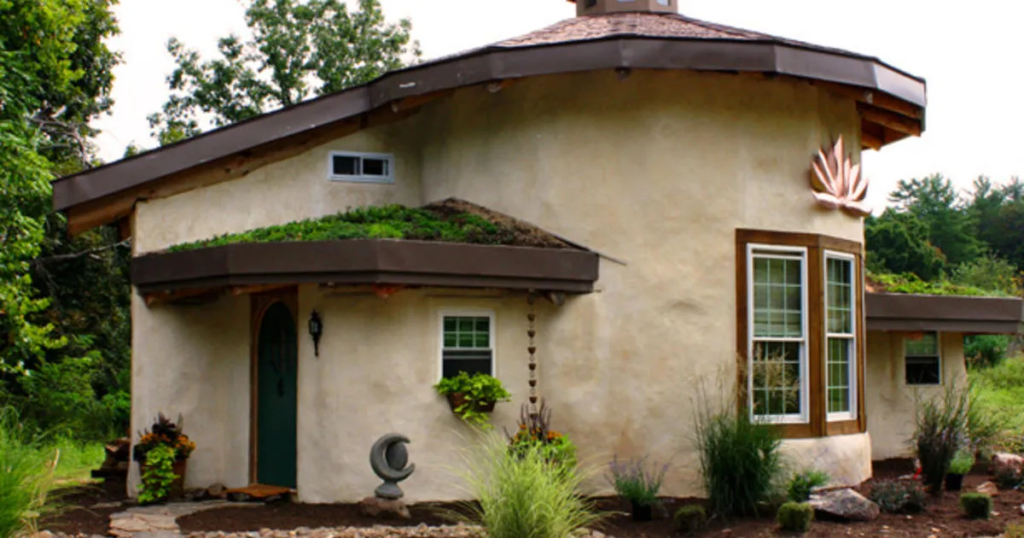As awareness of environmental issues grows, sustainable living has become more than just a trend; it’s a necessary lifestyle change. One of the most impactful ways to embrace sustainability is by incorporating eco-friendly materials into your home design. By choosing sustainable materials, you not only contribute to a healthier planet but also create a space that reflects modern, conscientious values. This article explores various sustainable materials and offers practical tips on how to integrate them into your home design.
Understanding Sustainable Materials
Sustainable materials are those that are produced, processed, and disposed of with minimal environmental impact. They are sourced from renewable resources, have a lower carbon footprint, and often come from practices that emphasize reducing waste and energy use. Incorporating these materials into your home design can significantly enhance its eco-friendliness while ensuring aesthetic and functional appeal.
1. Reclaimed Wood
Reclaimed wood is one of the most popular sustainable materials. It involves repurposing wood from old buildings, barns, or other structures, reducing the need for new timber. This not only saves trees but also reduces the energy required for new lumber production.
Benefits:
- Unique Aesthetic: Reclaimed wood often has a distinctive, weathered look that adds character to interiors.
- Durability: Older wood can be more durable and stable than newly harvested wood.
Tips for Incorporation:
- Flooring: Use reclaimed wood for flooring to add warmth and a rustic touch.
- Accent Walls: Create feature walls with reclaimed wood planks to add texture and visual interest.
2. Bamboo
Bamboo is a fast-growing, renewable resource that can be used in various home design applications. Unlike hardwood trees, bamboo reaches maturity in just a few years, making it a highly sustainable choice.
Benefits:
- Strength and Durability: Bamboo is known for its strength and is often used as flooring or cabinetry.
- Versatility: It can be used in flooring, furniture, and even as a decorative element.
Tips for Incorporation:
- Flooring: Bamboo flooring is both stylish and sustainable.
- Furniture: Opt for bamboo furniture to give your home a modern, eco-friendly look.
3. Recycled Glass
Recycled glass is an excellent option for countertops, tiles, and decorative elements. Glass that would otherwise end up in landfills is melted down and repurposed into new materials.
Benefits:
- Color and Design: Recycled glass comes in various colors and can add a unique touch to any space.
- Low Maintenance: It is easy to clean and maintain, making it practical for high-use areas.
Tips for Incorporation:
- Countertops: Use recycled glass countertops in kitchens and bathrooms for a sleek, eco-friendly finish.
- Tiles: Incorporate recycled glass tiles in backsplashes or flooring.
4. Cork
Cork is harvested from the bark of cork oak trees, which regenerate their bark, making cork a renewable resource. It is a versatile material used for flooring, wall coverings, and even insulation.
Benefits:
- Comfort: Cork is soft underfoot and has natural cushioning properties.
- Acoustic Properties: It helps in sound insulation, making it ideal for noisy environments.
Tips for Incorporation:
- Flooring: Use cork flooring in living areas or bedrooms for comfort and warmth.
- Wall Coverings: Consider cork wall coverings for an eco-friendly, textured look.
5. Recycled Metal
Recycled metal, such as aluminum and steel, can be used in various design elements from roofing to furniture. Reusing metal reduces the demand for new mining and lowers the carbon footprint.
Benefits:
- Durability: Recycled metal is highly durable and resistant to wear.
- Recyclability: Metal can be recycled repeatedly without losing quality.
Tips for Incorporation:
- Furniture: Opt for metal furniture pieces that incorporate recycled materials.
- Roofing: Consider recycled metal roofing for its longevity and minimal environmental impact.
6. Low-VOC Paints
Volatile Organic Compounds (VOCs) in paints can contribute to indoor air pollution and environmental harm. Low-VOC paints are formulated to reduce these emissions while still providing high-quality finishes.
Benefits:
- Improved Air Quality: Low-VOC paints contribute to a healthier indoor environment.
- Variety: They are available in a wide range of colors and finishes.
Tips for Incorporation:
- Walls: Use low-VOC paints on walls and ceilings to maintain indoor air quality.
- Trim and Molding: Choose low-VOC options for trim and moldings for a complete eco-friendly makeover.
7. Natural Fiber Rugs
Natural fiber rugs, such as those made from wool, cotton, or jute, offer a sustainable alternative to synthetic rugs. They are biodegradable and often produced with minimal chemical processing.
Benefits:
- Eco-Friendly: Natural fibers are biodegradable and typically produced with fewer chemicals.
- Aesthetic: They add texture and warmth to any room.
Tips for Incorporation:
- Living Room: Place a natural fiber rug in the living room for a cozy, eco-friendly touch.
- Bedrooms: Use natural fiber rugs in bedrooms for a soft, sustainable flooring option.
8. Green Insulation
Green insulation materials, such as cellulose, sheep’s wool, and spray foam made from natural ingredients, are effective at reducing energy consumption while being environmentally friendly.
Benefits:
- Energy Efficiency: Green insulation helps maintain indoor temperatures, reducing energy use.
- Sustainability: Many green insulation materials are made from recycled or renewable resources.
Tips for Incorporation:
- Attic and Walls: Install green insulation in attics and walls to improve energy efficiency.
- Flooring: Consider using green insulation under flooring for added thermal resistance.
9. Sustainable Fabrics
Fabrics made from organic cotton, hemp, or bamboo are more sustainable than conventional fabrics. These materials are often grown without harmful pesticides and have a lower environmental impact.
Benefits:
- Eco-Friendly: They are made from renewable resources and often produced with fewer chemicals.
- Comfort: Sustainable fabrics are often softer and more breathable.
Tips for Incorporation:
- Cushions and Upholstery: Use sustainable fabrics for cushions, upholstery, and curtains.
- Bedding: Opt for organic cotton or bamboo bedding for a sustainable bedroom makeover.
10. Solar Panels
While not a material in the traditional sense, solar panels are an essential component of a sustainable home. They generate clean energy from the sun, reducing reliance on fossil fuels and lowering energy bills.
Benefits:
- Energy Independence: Solar panels provide a renewable energy source.
- Cost Savings: They can significantly reduce energy costs over time.
Tips for Incorporation:
- Roof Installation: Install solar panels on your roof to maximize sunlight exposure.
- Integration: Consider integrating solar panels into your home design to enhance aesthetic appeal.
Conclusion
Incorporating sustainable materials into your home design not only helps the environment but also creates a healthier living space. From reclaimed wood and bamboo to recycled glass and low-VOC paints, there are numerous options to enhance both the functionality and aesthetic appeal of your home. By making thoughtful choices and integrating these materials into your design, you contribute to a more sustainable future while enjoying a beautifully designed home.



